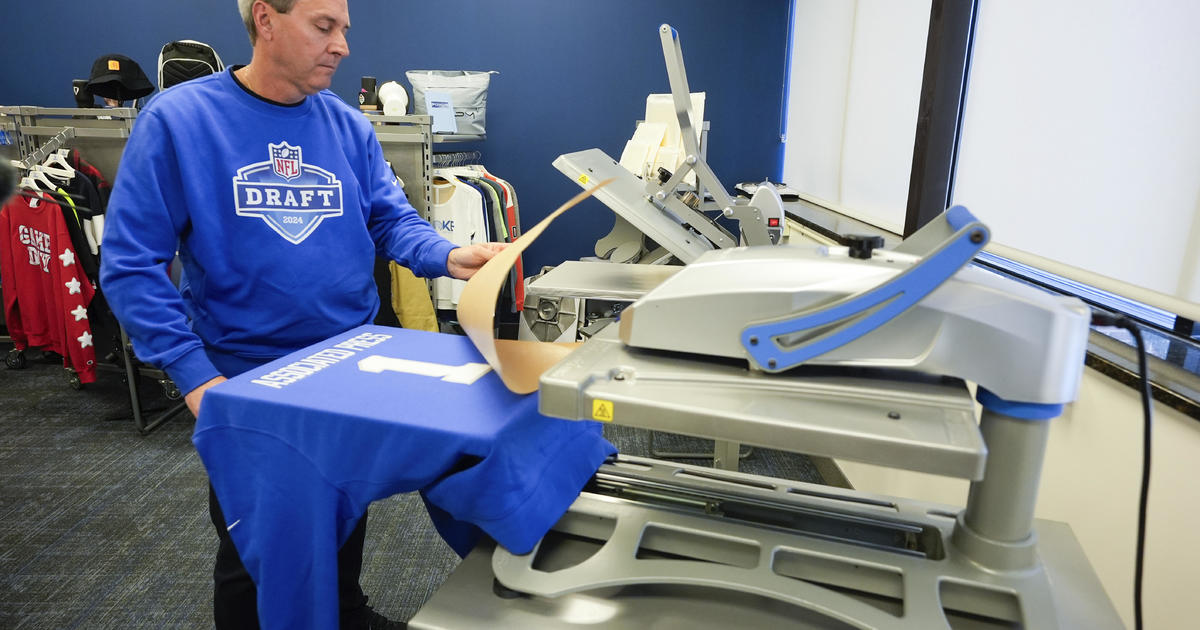New Dwarf Planet Discovered By U-M Astronomers
ANN ARBOR (WWJ) — Astronomers at the University of Michigan and their colleagues on the Dark Energy Survey have discovered a new dwarf planet that's more than 90 times farther from the sun than Earth is, making it the second-most distant minor planet in the known solar system.
The U-M team submitted observations of the object to the Minor Planet Center, an international organization that designates and tracks minor planets, comets and moons. The center gave it a designation—2014 QZ224—but after its orbit has been refined for several more years, the researchers can propose an official name.
In the meantime, they've dubbed it DeeDee, short for distant dwarf.
The researchers say the discovery of the icy, faraway world shows that their technique is a promising approach for finding "Planet Nine"—a massive body hypothesized to reside around 600 times farther from the sun than Earth.
The Dark Energy Survey, which uses a powerful digital camera called DECam on a four-meter telescope in Chile, was designed to capture images of distant galaxies to understand why the expansion of the universe is accelerating.
The images are sensitive enough to detect the reflected sunlight from the new object, which is as faint as a single candle 100,000 miles away.
"But the same sensitivity that makes this a state-of-the-art survey of the distant universe also makes it a powerful tool to look for new objects in our own cosmic backyard," said David Gerdes, the U-M physics and astronomy professor who led the planet-finding team.
On DeeDee, the sun would look like a very bright star.
The data indicates that DeeDee is between 200 and 800 miles in diameter, meaning it is probably large enough to qualify as a dwarf planet.
"The discovery of DeeDee is a promising sign of our ability to find distant new worlds," Gerdes said. "If more things like this are in our data, the tools we've built will find them."
But on its own, the new discovery tells us a bit more about where we came from.
"All the bodies that make up our solar system came from the same cloud of gas and dust that began to collapse over 4 billion years ago," said Stephanie Hamilton, a doctoral student in physics who was involved in this discovery.
"The smallest bodies in the solar system are the ones that preserve its history. They have been knocked around and strewn about through interactions with larger planets, and by studying lots of them we can try to learn how that happened."



